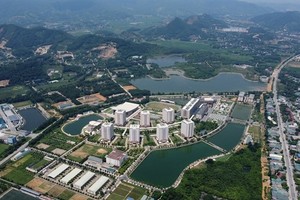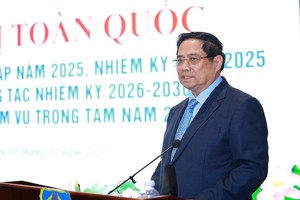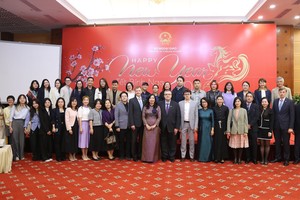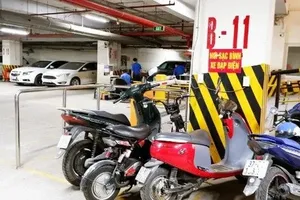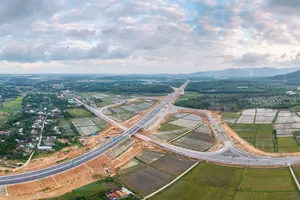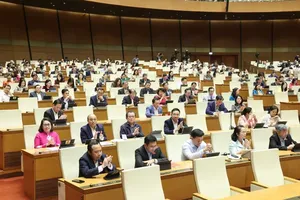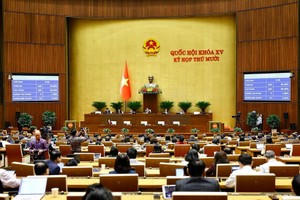Hanoi, one of 110 historic destinations in the world ranked by US magazine National Geographic, faces the threat of its iconic old quarter being overwhelmed by a burgeoning population.
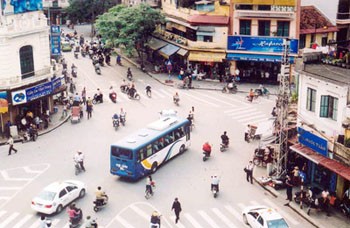
The old quarter’s population density has risen to 84,000 per square kilometer, one of the highest in the world.
The area has over 1,000 houses built a century or more ago but most of them are in bad shape, with many already being repaired by the residents themselves without a care for its architectural heritage.
Finally, after a delay of a decade, city authorities have revived a project to move residents out of the quarter. The project, first announced in 2001, sought to relocate 20,000 people in the 28-hectare Viet Hung new urban area in Long Bien District by 2005.
But with the authorities unable to satisfactorily resolve the relocated people’s requirements, the proposal remained on paper.
Architect To Thi Doan, former head of the old quarter’s management board, said people are apprehensive about moving out mainly because they do not know about the prospects for their businesses in the new place.
Evacuation project restarted
The project was tweaked a bit last year by the Hoan Kiem District People’s Committee for getting approval from the city People’s Committee.
Now it seeks to evacuate around 30,000 people from the old quarter by 2020 to reduce the population density to 50,000 people per square kilometer.
By 2015, 2,000 families will be moved out. These include 1,600 that volunteered to relocate and 109 living in dilapidated houses.
For families that are living in relic, office, and school areas, the Hoan Kiem People’s Committee chairman Hoang Cong Khoi said the district would seek assistance from the city and repossess
the lands they occupy.
In the cases of families moving out voluntarily, they can sell their properties, but only to other old quarter residents and not outsiders
The district plans to adopt rules banning outsiders to come and live in the area.
The Viet Hung urban area where the residents will move to will have apartment blocks as well as commercial and service areas to enable the relocatees to continue doing their old businesses.
Its construction is expected to begin in the fourth quarter this year, with its investors being provided incentives by the city.
But despite all this, residents just do not want to move out. A survey by the district in 2009 found that just 6.7 percent of households were willing to relocate.
Most said they did not want to change their daily routines and were afraid of losing their livelihoods.
The chairman of Hanoi People’s Committee, Tran The Thao, said the relocation aims at improving the living standards of residents and promised that the city would help them to continue their old vocations as well as learn new jobs.
